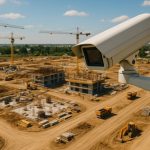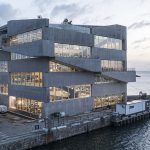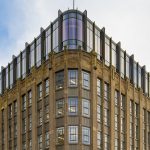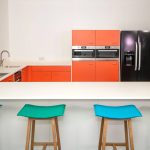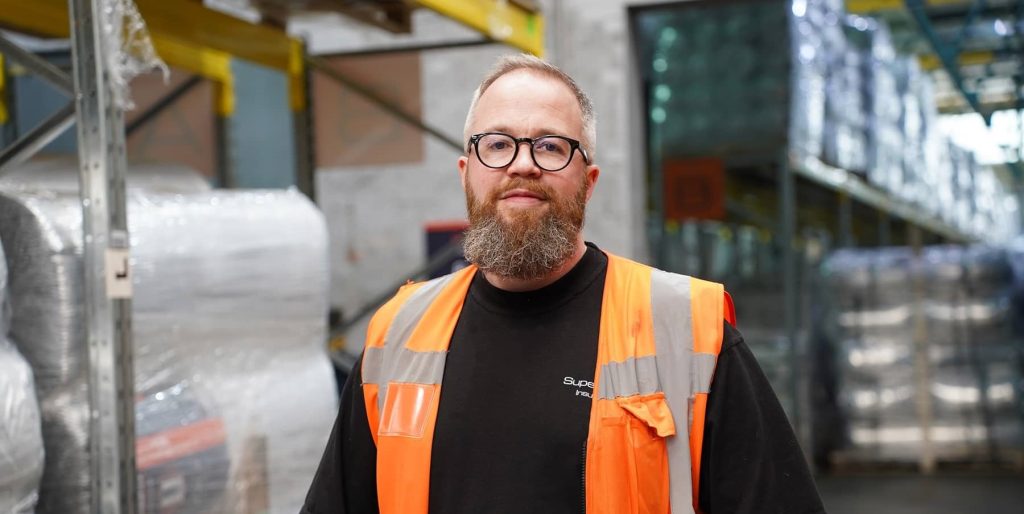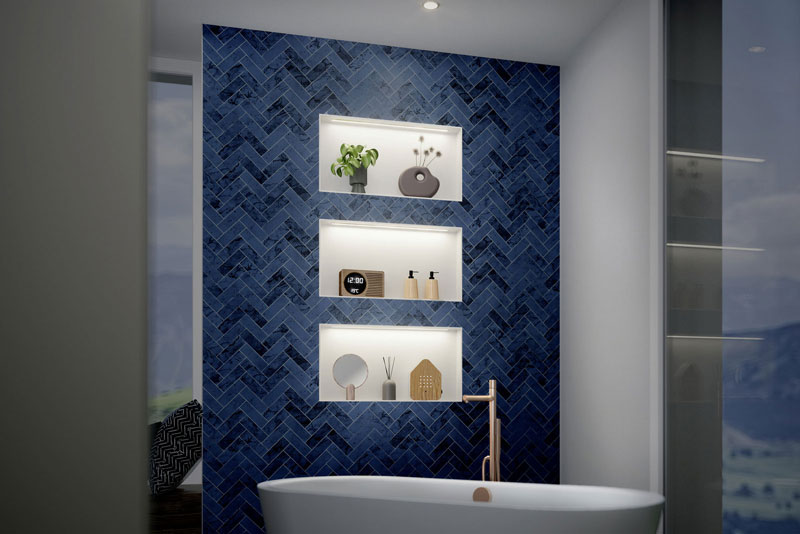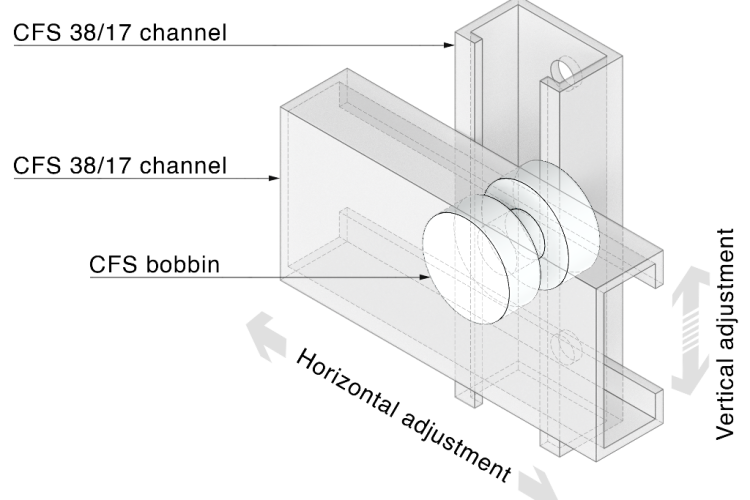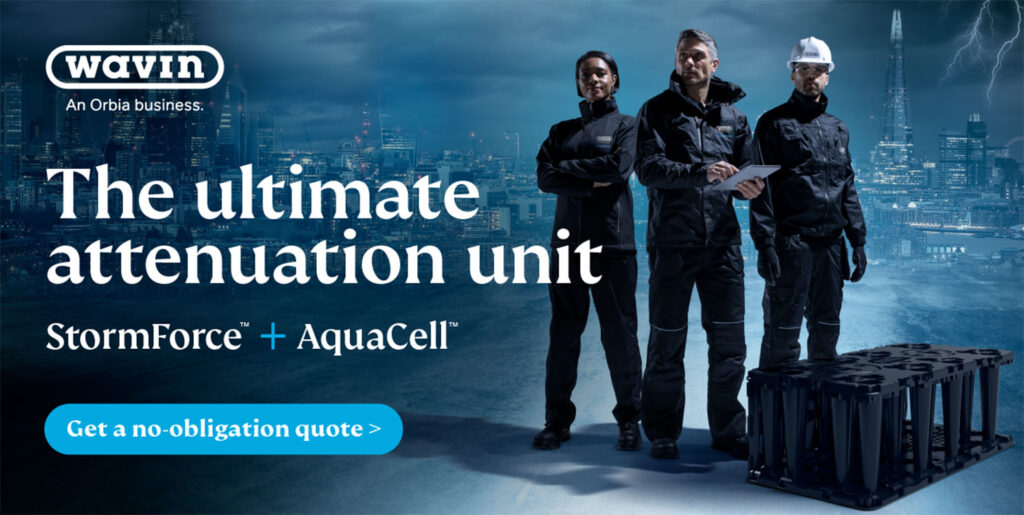Achieving timeless design
Moving away from traditional design assumptions to a more universal approach will be essential if we are to create truly sustainable cities which can facilitate the ever-changing functions of buildings.
Could the future of urban building design be about creating flexibility for an array of possible alternative future functions, rather than fixed notions of building characteristics or typologies only appropriate for particular functions? I will be giving a talk at Ecobuild 2016 which will attempt to propose some answers and a sign of things to come. It will look at how to achieve timeless design as part of masterplanning, moving away from restrictive building typologies entirely to instead focus on high quality universal space which can accommodate a range of uses.
We were honoured to be announced winners of this year’s Stirling Prize for Burntwood School, a large secondary school for girls originally built in the 1950s in Wandsworth, South London. It was gratifying that the judges not only recognised the aesthetic and functional achievement of transforming a site by linking original buildings, but also that the design was informed by a very complex phasing process within an operational school.
The big idea we demonstrated at Burntwood was the creation of a building which can flex back and forth over time to respond to different needs. The finished building shows that if done well a good school with good light, floor-to-ceiling heights and engagement with the city around it is not unrelated to a good quality warehouse, office or housing and is perfectly capable of taking on different uses.
“A good masterplan isn’t a vision for how a scheme will be at the end, but a vision for how it will be able to come into being over time”
Going with the flow
As architects and masterplanners, we are very interested in the way that uses can flow quite happily between different, supposedly specific building types in urban settings. In order to harness this, good urban planning needs to be less about architecture of a certain type and more about the linkages between places which reflect city streets in creating areas for people to meet and interact. The elements within them, i.e buildings between the streets, can come and go as uses do. The future of urban development will also be one of the key topics under discussion at Ecobuild, which has Next Generation as a theme for the final day of the conference, and will be looking at the challenges of designing cities to respond to demographic shifts.
Planning use class orders often dictate that you have to build buildings to a certain type. However, designing a building ‘for’ a specific function can be less important than creating a good building which sits well in and engages with its location, with a strong public realm, and this is an idea that people have begun to engage with in a positive way over the past 10-15 years.
This is very important for a building’s long-term sustainability. As cultures, fashions and demographics change, a building designed too closely to match a perceived function can be made redundant. Such waste is easily avoidable with thoughtful planning and design.
Plan for the future
Flexibility within an overall masterplan is also important for the same reasons, and a recent example of where we applied this theory was when we were asked to look at Roger Madelin’s masterplan for London’s King’s Cross. We tested individual plots to see whether alternative uses such as housing or offices would be able to work within the street plan envisaged.
This intelligent approach to creating a new piece of the city was vindicated, as since the scheme began, the market changed and more housing was needed which the plan could accommodate by not being prescriptive about building types. A good masterplan isn’t a vision for how a scheme will be at the end, but a vision for how it will be able to come into being over time, without falling apart when other architects come into the picture to reinvigorate individual aspects.
When it comes to creating new urban buildings, driving the approach of universal space means that their long-term sustainability will be assured, they will not simply be thrown away as fashions change. With cities constantly in a state of flux in order to future-proof planning and design to make sure buildings are sustainable, their initial use should no longer be the primary driver, even with houses with their fairly tailored typology.
With other macro issues, not least the increasingly urgent need for residential accommodation, there are many reasons to ensure urban buildings have universal design qualities that enable them to adapt easily as needs inevitably change. For the long term effectiveness of our urban built environment we must recognise that the one constant is change.
[box type=”shadow” width=”300″ ]Simon Allford will be speaking at Ecobuild on day two of the conference (9 March 2016) which focuses on Architecture. Visit www.ecobuild.co.uk for more information.[/box]

